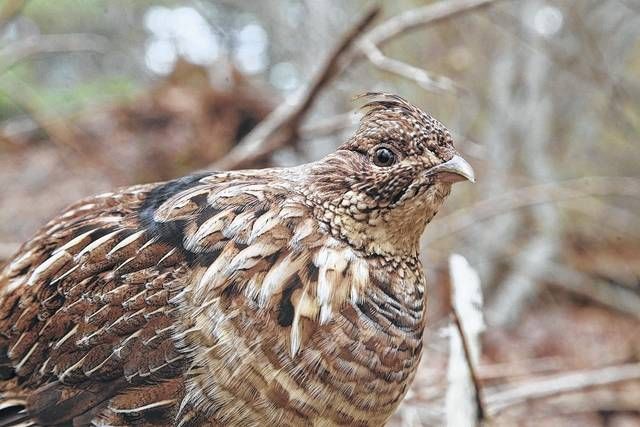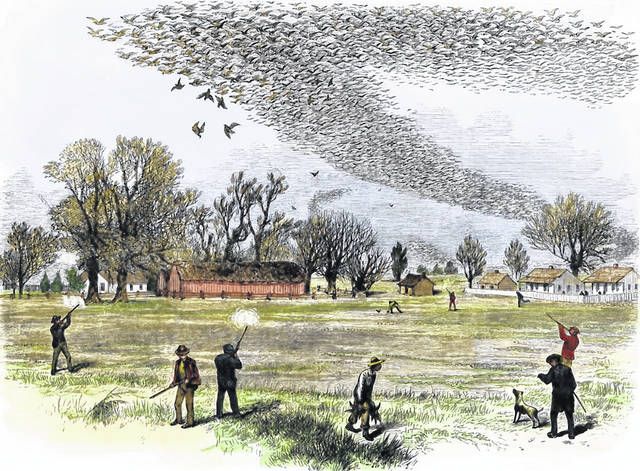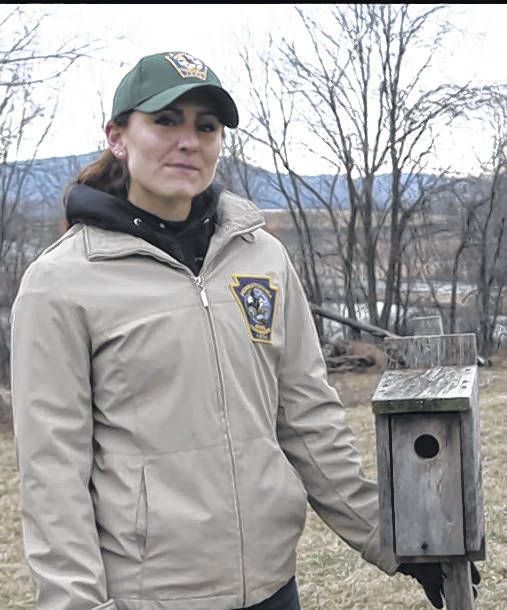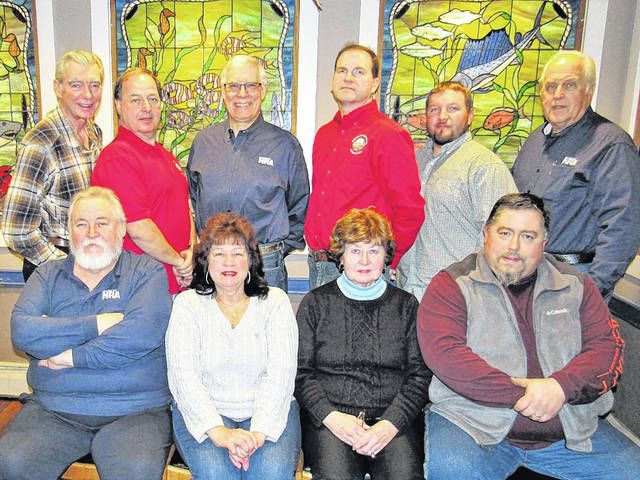Click here to subscribe today or Login.
A state-agency partnership is creating more habitat for two troubled game birds and other wildlife species that rely on young forest.
Since 2011, the Pennsylvania Game Commission and the state Department of Conservation and Natural Resources have teamed to restore thousands of acres of idle, difficult-to-manage habitat for ruffed grouse and woodcock in state forests.
The partnership, spearheaded by DCNR’s Emily Just, an ecologist with the Bureau of Forestry, and Lisa Williams, a Game Commission game birds biologist, has been helping state forests and parks personnel write plans to remedy what ails now marginal habitats that once supported substantial populations of grouse and woodcock.
Both depend on young forests, which have been declining in Pennsylvania for some time. Grouse covet young upland forest – preferably with some adjacent stands of more mature trees; woodcock need young forest and shrubby thickets in soggy lowlands that offers their favorite food, worms.
“Pennsylvania is currently at a 50-year low for this critical habitat,” Williams said. “The decline of young forest has been dramatic.”
Pennsylvania lost about 30 percent of its young forest between 1980 and 2005, and declines continue, Williams said. Just 5 percent of Pennsylvania forests are young – up to 19 years old, according to 2014 forest inventory data collected by the U.S. Department of Agriculture’s Forest Service.
Reverting farm fields and bottomland, the loss of young forestland to tree maturation and land-use changes have hurt these popular native game birds. Sinking with their populations are somewhat obscure songbirds, like golden-winged and prairie warblers, the yellow-breasted chat and brown thrasher, as well as the more recognizable whip-poor-wills, box turtles and snowshoe hares.
Although grouse mortality also is tied to West Nile virus, habitat is the key to keeping the state bird abundant in Penn’s Woods. It’s a conclusion resource managers back.
“Waiting until they’re almost gone and require hefty emergency care to save is not an option,” Williams said.
Aspen is promoted where possible because it is an important tree to ruffed grouse, providing the bird food – buds, catkins, leaves – all year long, Williams said. Even the way aspen’s leaves allow filtered light to pass down through the canopy promotes ground-level vegetation beneficial to grouse. Its value is unquestionable.
Aspen’s distribution is now threatened by landowner neglect – it needs to be managed actively – and by Pennsylvania’s maturing forests. A colonizing species, aspen filled in on the barren landscape after deforestation had leveled Penn’s Woods early in the 20th century and farmland reverted to forest. Grouse responded and Pennsylvania had fantastic upland hunting. Today, aspen makes up only a small portion of the state’s forestland.
But for all aspen does for grouse, it’s only part of the solution.
“In Pennsylvania, young forests are going to save grouse, not aspen,” Williams said.
The work ahead won’t be easy because there are many other considerations that must be weighed when managing hardwood stands for grouse, such as long-term forestry objectives, deer impacts on seedlings, habitat needs of other plants and animals, invasive plants and landscape connectivity.
The planning is complicated and getting the work done at a large enough scale to benefit wildlife takes many partners. Just points out that the Ruffed Grouse Society, National Wild Turkey Federation, U.S. Fish & Wildlife Service’s Partners for Wildlife and the Wildlife Management Institute all have been strong supporters of this ongoing partnership.
Many hands are needed because the effort to right the deficiencies in the Commonwealth’s grouse and woodcock habitat is no small undertaking. Williams estimates Pennsylvania is about 800,000 acres short of the young forest habitat it had in the 1980s.
The lack of young forest and its wildlife consequences are hard not to notice.
In 2013, the American Bird Conservancy identified early successional forests as one of the Top 10 most-threatened bird habitats in America, Williams said.
“The loss of young forest means trouble for the species that need it,” Williams said. “In addition to grouse and woodcock, dozens of other species are declining. Change is needed to ensure they can have healthy populations in the future.”
Continued partnering among management agencies and conservation organizations will help. But Just stresses that more consistent funding is needed. .
“State forests have tremendous potential for ruffed grouse and woodcocks since we already sustainably manage forests to balance age class, and especially now that we are figuring out how to work in the more difficult sites,” Just said. “We also do environmental reviews of each project to ensure we’re not impacting other species. It’s a thoroughly proven process.”
The woodcock work has been especially encouraging, Williams said.
“Spring surveys indicate we’re supporting eight times the number of woodcocks in managed sites than we see in unmanaged sites, where woodcock numbers remain stalled. The birds are showing us the work is making a real difference!”
The Game Commission and DCNR have been producing young forest through their commercial timber operations for decades. They each cut thousands of acres annually. But with a deficit of 800,000 acres, every new acre of early successional habitat matters for grouse and woodcock. That’s where the collaboration of Williams and Just with DCNR foresters is paying off. It’s an indispensable partnership.








